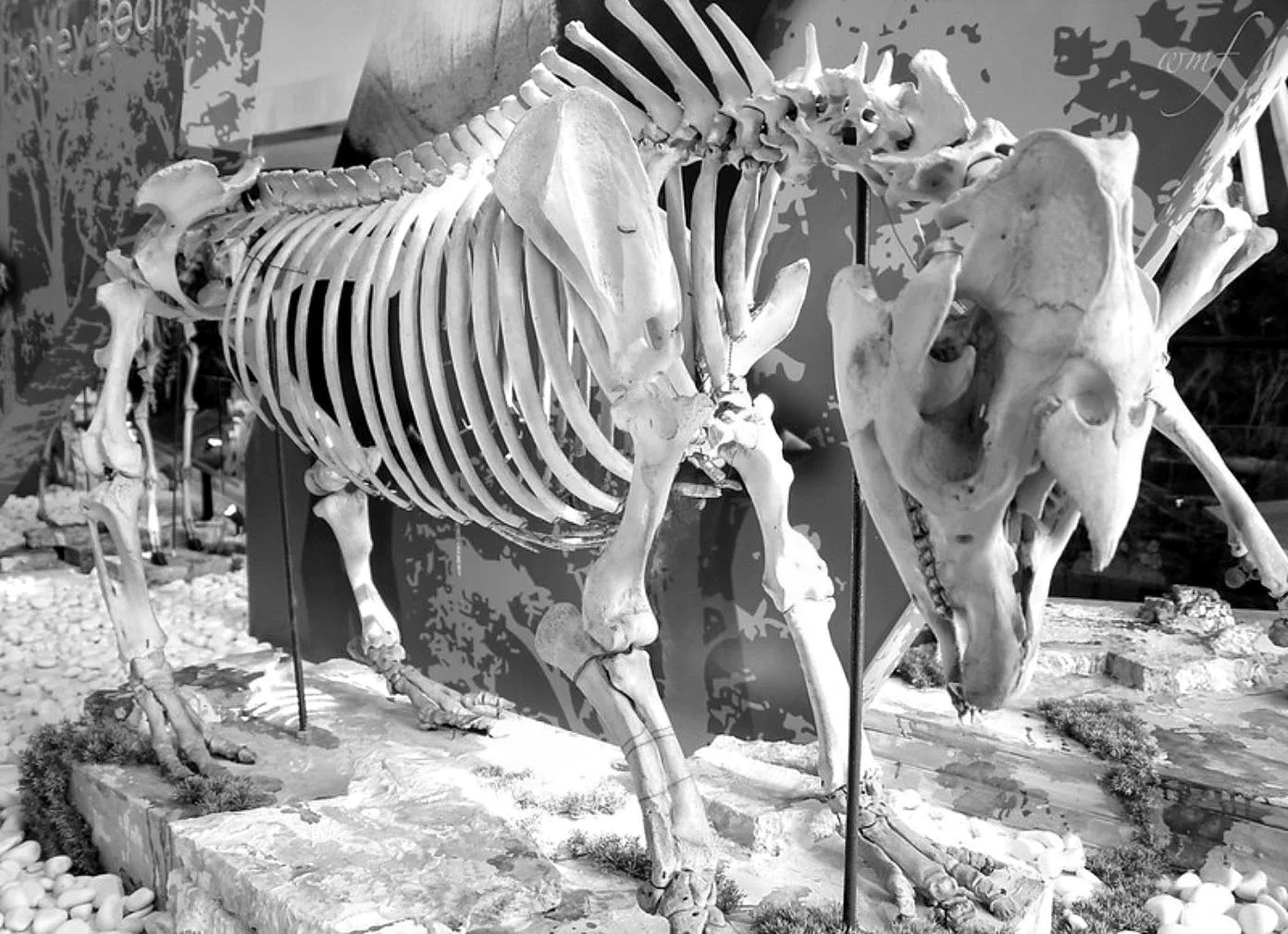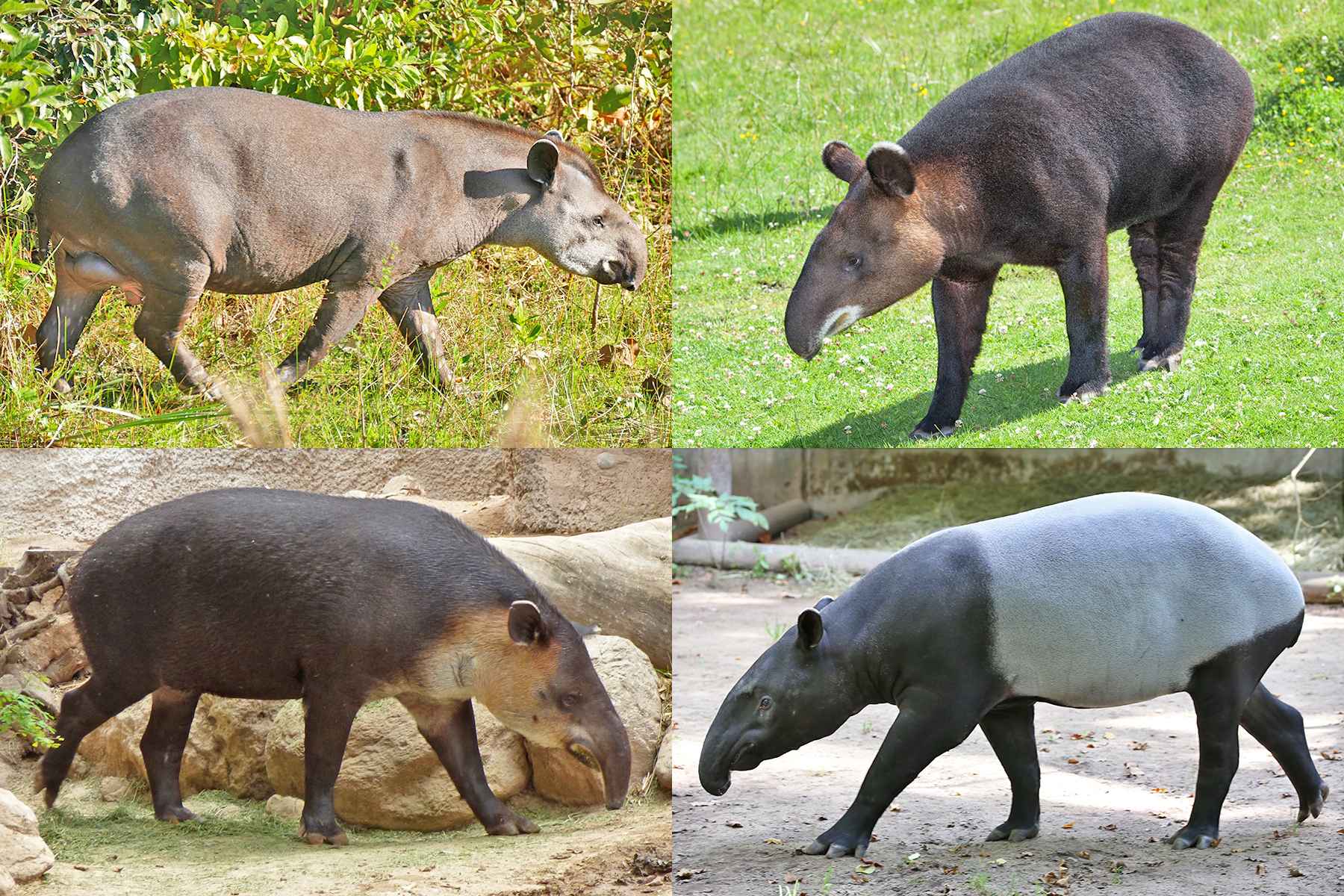A remarkable discovery shedding light on the time of Chinese Emperor Wen 2,200 years ago has come to light through recent research. The investigation reveals that offerings were made to the Emperor, including a giant panda and a tapir, whose remains were laid close to the ruler’s tomb in Xi’an, China.

What has astonished archaeologists is the unearthing of a tapir skeleton. This adds a surprising twist, indicating that these creatures, which are no longer found in China, might have roamed this area in ancient times.
While we have known of tapir fossils in China dating back over a hundred thousand years, it was generally believed that these animals had vanished from the country 2,200 years ago.
Types of tapirs in the world

Currently, there exist five types of tapirs in the world. The recently discovered remains seem to belong to the Malayan tapir (Tapirus indicus), also recognized as the Malay tapir or Asian tapir.
An adult Malayan tapir can measure around six to eight feet (1.8 to 2.4 meters) in length and weigh approximately 550 to 704 pounds (250 to 320 kilograms), as reported by the Denver Zoo. Grown-up tapirs showcase a unique black-and-white design.
In the present day, the Malayan tapirs are facing a critical situation. There are less than 2,500 fully grown individuals of this species remaining. They can only be spotted in certain parts of Southeast Asia, specifically Malaysia and Thailand according to the International Union for Conservation of Nature.
Ancient animal sacrifices
A group of archaeologists led by Songmei Hu from the Shaanxi Provincial Institute of Archaeology unearthed a collection of twenty-three pits containing ancient animal sacrifices near the tomb of Emperor Wen, whose reign spanned around 180 BC to 157 BC. This discovery has been detailed in a paper accessible on the China Social Sciences Network research database.
Among the findings, alongside the remains of the giant panda, scientifically known as Ailuropoda melanoleuca, and the tapir were the preserved remains of various creatures such as gaurs (a kind of bison), tigers, green peafowl (sometimes called green peacocks), yaks, golden snub-nosed monkeys, and takins, which resemble goat-like animals.
All of these animals were interred near Emperor Wen’s tomb. Some of these species are still present in China, although a few are on the brink of extinction.
Though this discovery represents the initial physical proof of tapirs existing in ancient China, historical documents have hinted at their existence in the country.
Evidence of tapirs in Ancient China
The recent finding presents substantial evidence that tapirs once wandered through this region of China. This insight comes from Donald Harper, the centennial professor of Chinese studies at the University of Chicago. Notably, Harper wasn’t involved in this fresh investigation.
“Prior to the new discovery, there was no evidence of the tapir inhabiting the geographical area of China in historical times, only prehistoric fossil remains,” according to Harper. He added, “Emperor Wen’s tapir is the first solid evidence of the tapir’s presence in ancient China in historical times.”




